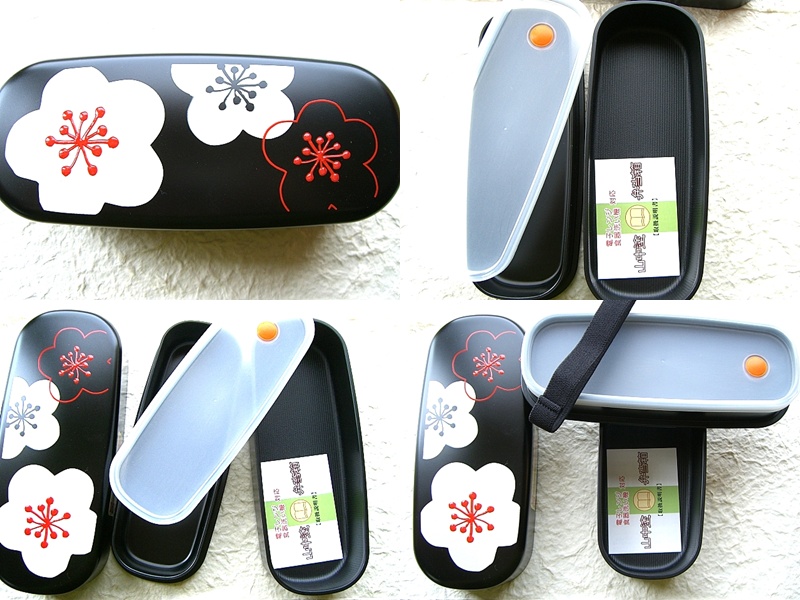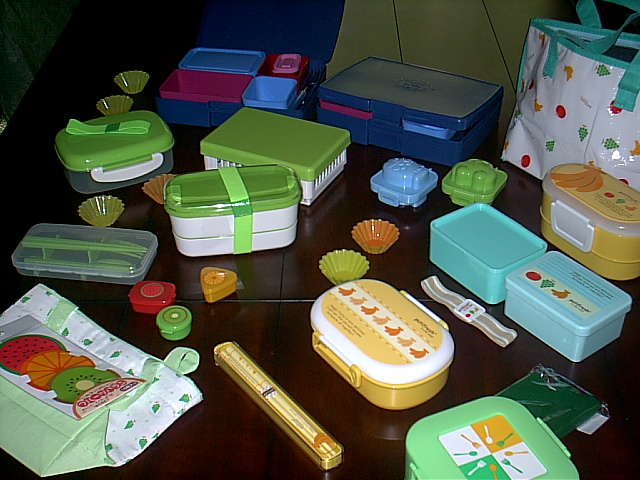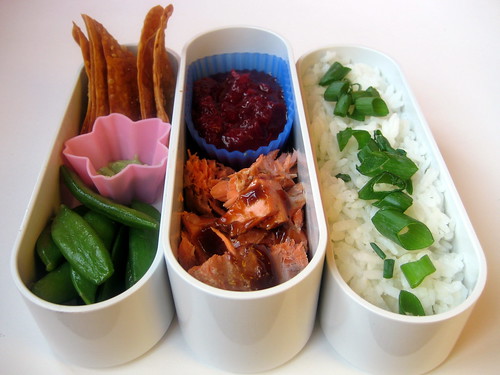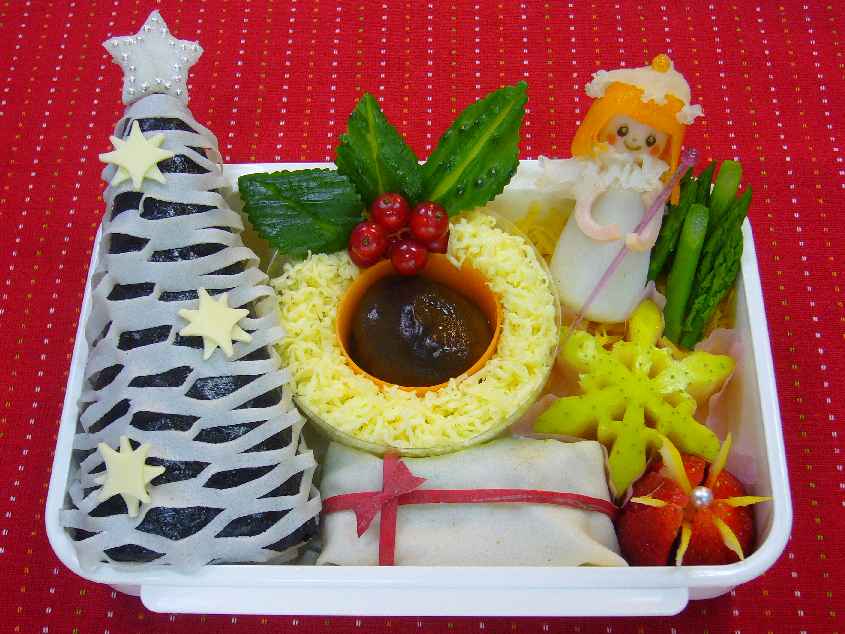Japan is the country of origin of instant noodles. Instant noodles remain a "national" light food. The average Japanese person eats 40 packs of instant noodles per year. After their invention by Taiwanese-Japanese Momofuku Andō in 1958, instant noodles became very common in Japan. In the 1970s, makers expanded their flavors to include such examples as shio (salt ramen), miso, or curry. Beginning in the 1980s, makers also added dried toppings such as shrimp, pork, or eggs. This, however, made instant noodles more expensive,[citation needed] and their popularity decreased for a while. Today, instant noodles are divided into two groups: "traditional" cheap (¥150 to ¥200) noodles with few toppings and expensive (¥200 to ¥500) noodles with many toppings, which are often packed into a pouch. Various kinds of instant noodles are produced, including ramen, udon, soba, yakisoba, and pasta.
info credit: http://en.wikipedia.org/wiki/Instant_noodles


http://www.singaporeaninlondon.com/2008/11/japan-centre-londons-japanese-comfort.html
http://www.hellokittyzone.com/hello-kitty-instant-noodles/


http://www.2space.net/news/about/nissin/
http://www.tradekorea.com/product-detail/P00048445/Japanese_Ramen.html
Asian Grocery, Rice Cooker, Japanese Tableware, Instant Noodles
VeryAsia.com have a great selections of Asian groceries, appliances, pocky & pretz, rice cookers, Japanese tableware, Diet tea, instant noodles, breadmakers
http://www.veryasia.com/


http://muttoncutter.wordpress.com/2009/06/
http://kyspeaks.com/2009/03/31/ky-eats-the-amazing-spider-man-instant-noodle/
Japanese noodles Udon and Soba noodles | Japanese Instant Meals
Japanese noodles from Mount Fuji, a choice of regular pot noodles to HUGE Pot noodles, they will fill you up ! Buy online at Mount Fuji.co.uk.
http://www.mountfuji.co.uk/instant_noodles.htm
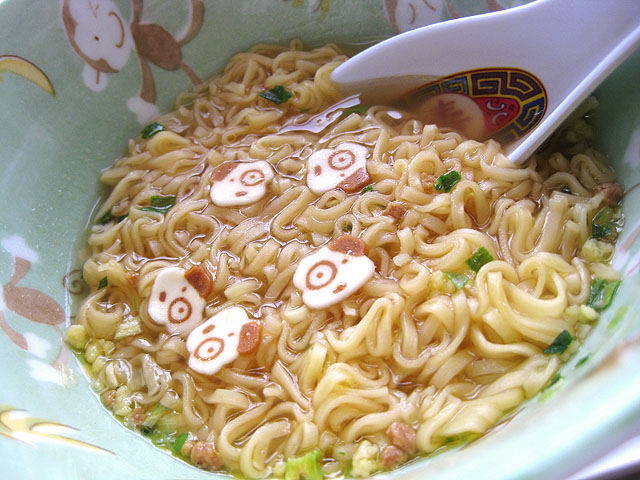
http://www.mightysweet.com/mesohungry/2009/02/14/hangover-breakfast-of-the-day/
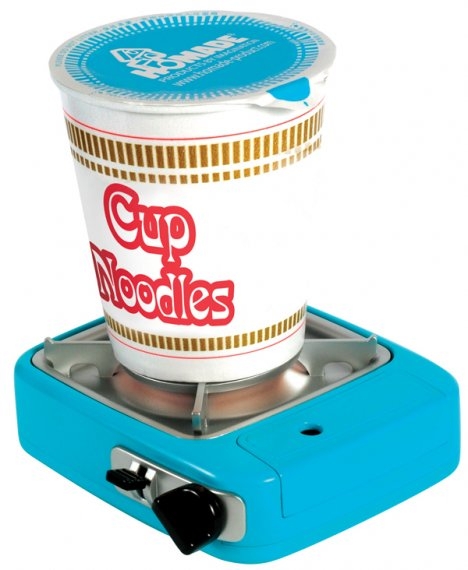

http://www.gearfuse.com/instant-noodle-perfection-timer-wont-leave-you-with-limp-noodles/
http://www.2dayblog.com/2010/04/17/color-changing-cupmen/

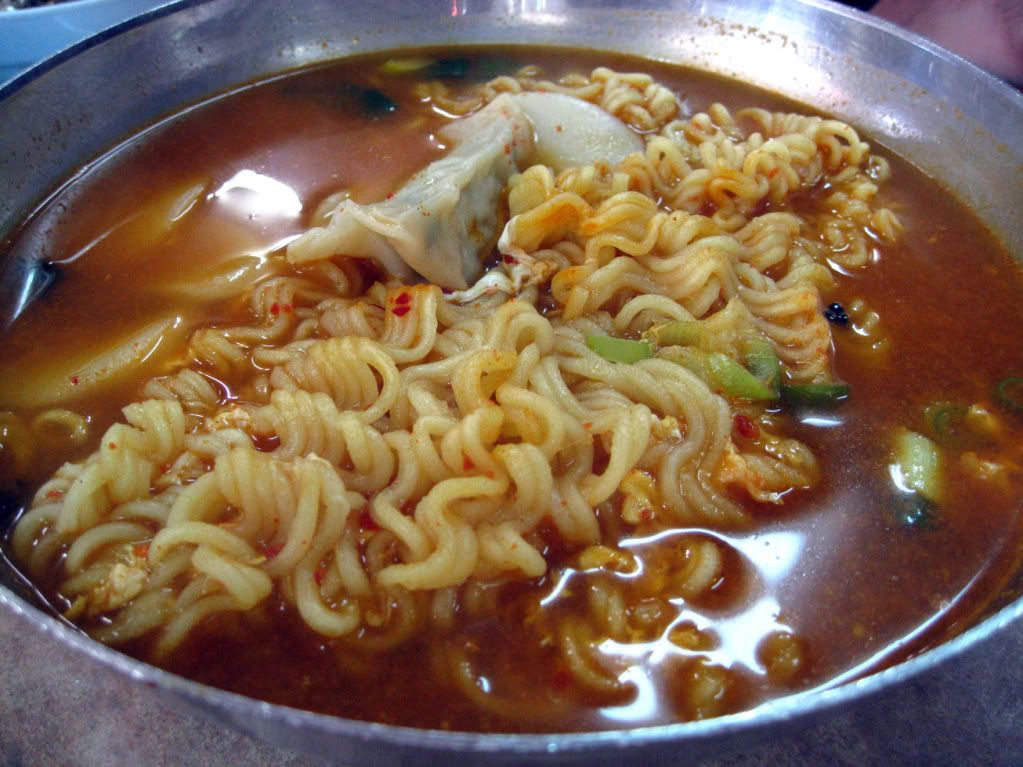
http://mooiness.com/2006/08/01/30-days-of-instant-noodles/
http://www.miasuraya.com/2010/02/halal-issue-sushi-king-replied-me.html















